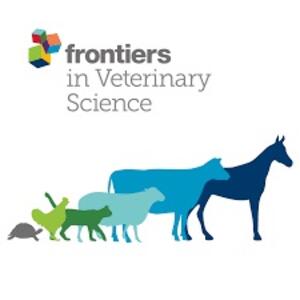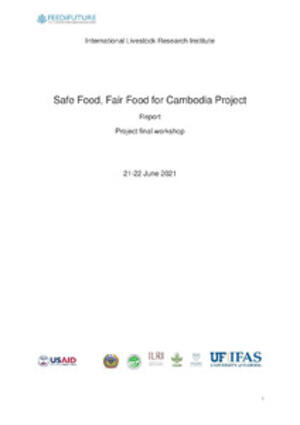
Exposure to arboviruses in cattle: Seroprevalence of Rift Valley fever, bluetongue, and epizootic hemorrhagic disease viruses and risk factors in Baringo County, Kenya
Abstract
Rift Valley fever virus (RVFV) causes disease outbreaks in livestock and humans; however, its inter-epidemic circulation is poorly understood, similar to other arboviruses affecting cattle such as bluetongue virus (BTV) and epizootic hemorrhagic disease virus (EHDV). Serum samples were collected in Baringo County, Kenya from 400 cattle, accompanied by a risk factor questionnaire. Serological tests were then conducted to determine the exposure of cattle to RVFV, BTV, and EHDV. RVFV, BTV, and EHDV IgG seroprevalence rates were 15.5%, 91.5%, and 91%, respectively. Seropositivity for RVFV, BTV, and EHDV was significantly higher in adult cattle, as well as in females for RVFV. Cattle with herd owners aged between 30–39 years were less likely to be seropositive for RVFV compared to those with owners over the age of 60 years. High seroprevalence of BTV and EHDV in cattle indicates significant exposure and the subclinical circulation of these viruses, presenting a risk of outbreaks to sheep and naïve cattle. Moreover, the detection of RVFV-seropositive young cattle born after the last reported outbreak suggests inter-epidemic circulation of the virus. Overall, monitoring these arboviruses in cattle is crucial in understanding their distribution and seroprevalence during inter-epidemic periods.
Citation
Chiuya, T., Fèvre, E.M., Okumu, N.O., Abdi, A.M., Junglen, S. and Borgemeister, C. 2024. Exposure to arboviruses in cattle: Seroprevalence of Rift Valley fever, bluetongue, and epizootic hemorrhagic disease viruses and risk factors in Baringo County, Kenya. Pathogens 13(8): 613.









